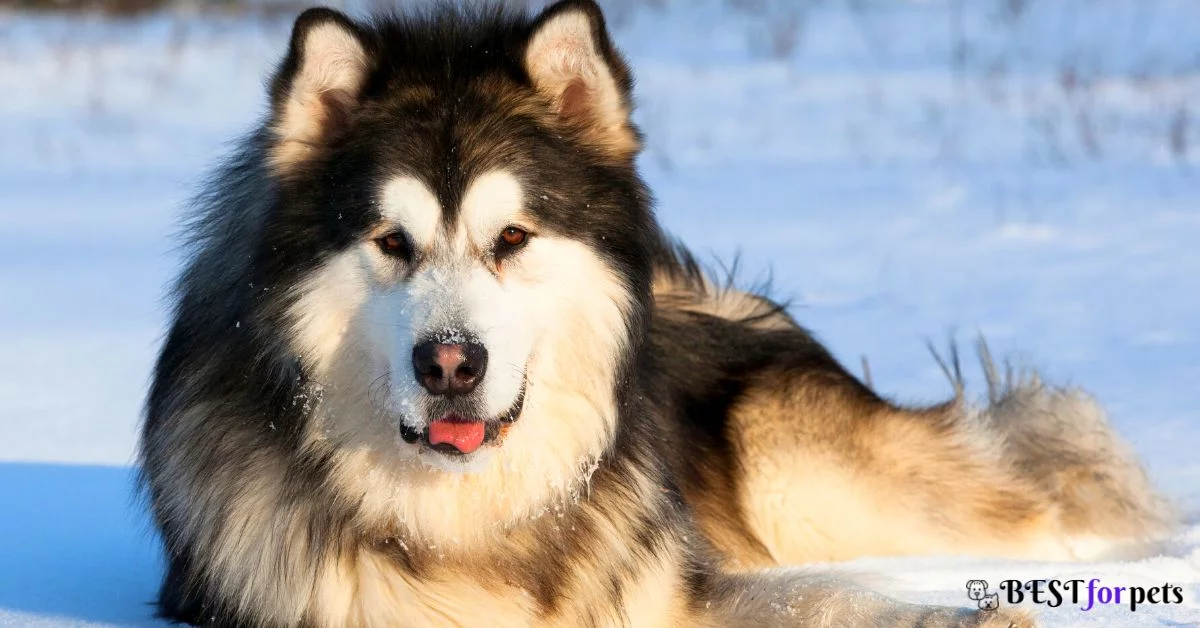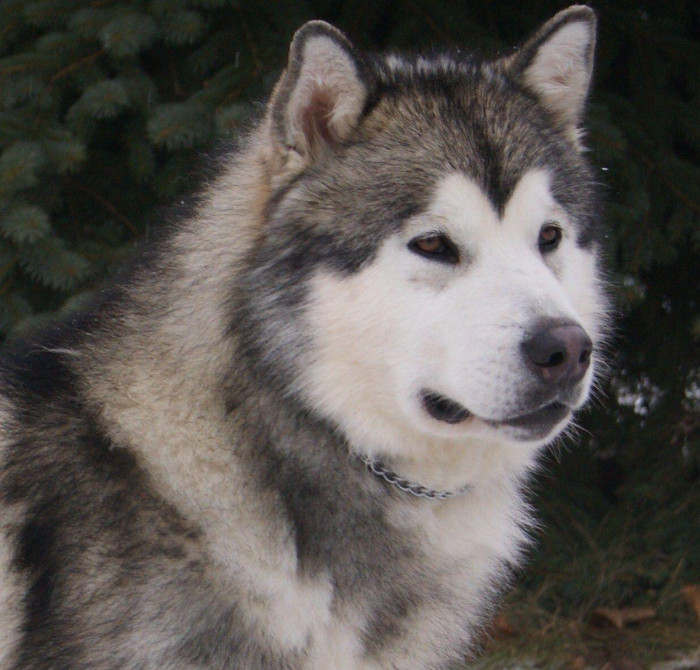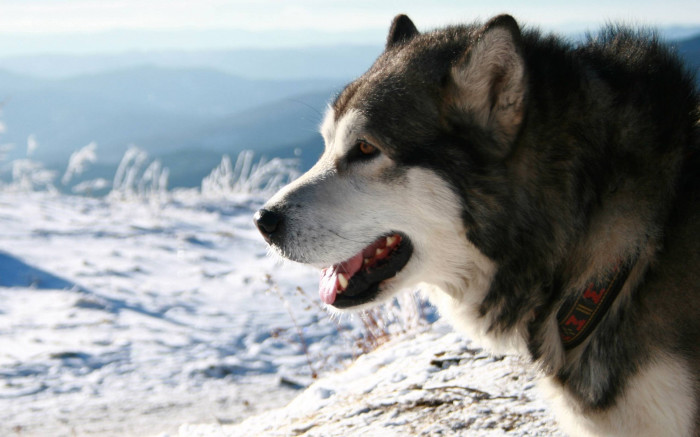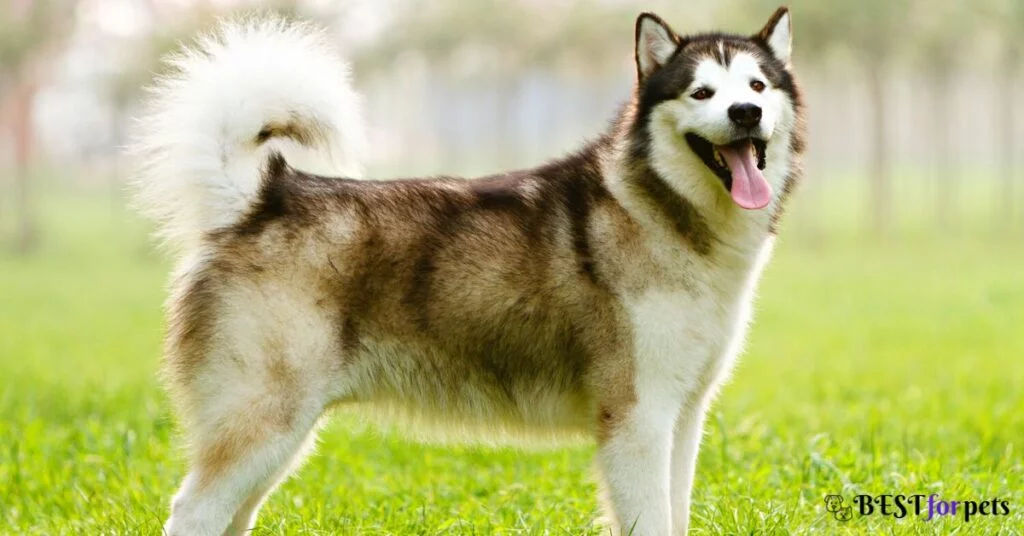

//Prices//
Alaskan Malamute Price In India
The Alaskan Malamute Price in India can range between Rs 40,000 to Rs 1,50,000. Alaskan Malamute dog price in India depends on many factors. It is not that the Alaskan Malamute price will same across India. It depends on several factors that are mentioned below.
Alaskan Malamute Prices In Different Cities Of India
City |
Prices |
| Alaskan malamute price in Goa | Rs 40,000 to Rs 1,50,000 |
| Alaskan malamute price in Kolkata | Rs 42,000 to Rs 1,40,000 |
| Alaskan malamute price in Bangalore | Rs 50,000 to Rs 1,50,000 |
| Alaskan malamute price in Hyderabad | Rs 46,000 to Rs 1,50,000 |
| Alaskan malamute price in Delhi | Rs 50,000 to Rs 1,70,000 |
| Alaskan malamute price in Mumbai | Rs 40,000 to Rs 1,55,000 |
If you are really interested to buy healthiest Alaskan Malamute puppy, Contact Best For Pets right now on 9823484651
Various Factors That Affects The Price Of Alaskan Malamute
The Alaskan Malamute is a beautiful and majestic breed known for its strength, endurance, and loyalty. However, the price of an Alaskan Malamute can vary greatly depending on various factors. some factors are –
Breeding:
The price of an Alaskan Malamute can vary depending on the breeding. Puppies from champion bloodlines, with a strong pedigree and a history of winning in shows, will typically be more expensive than those from less reputable breeders.
Location:
The location of the breeder can also affect the price of an Alaskan Malamute. Puppies from breeders in urban areas may be more expensive than those from rural areas, due to the higher costs of living in urban areas.
Size and Gender:
The price of an Alaskan Malamute can also vary depending on the size and gender of the puppy. Male Alaskan Malamutes are typically more expensive than females, and larger puppies may also be more expensive than smaller ones.
Color:
The color of an Alaskan Malamute can also affect the price. Puppies with rare or unique coat colors, such as red or sable, may be more expensive than those with more common coat colors, such as gray or white.
Training and Socialization:
Some breeders may charge more for puppies that have received basic training and socialization. This can include potty training, obedience training, and exposure to different environments and people.
Health and Genetic Testing:
Some breeders may charge more for puppies that have undergone health and genetic testing. This can include testing for common genetic conditions, such as hip dysplasia and eye diseases, as well as ensuring that the puppy is up-to-date on vaccinations and deworming.
An Introduction To Alaskan Malamute
History of Alaskan Malamute
The Alaskan Malamute is an ancient breed that has a rich history dating back to the Mahlemut tribe of Alaska. They were used for hauling heavy loads over long distances, hunting, and as sled dogs. Their strong and powerful body was built to survive in the harsh arctic conditions.
The breed was also valued for its loyalty and companionship. The Alaskan Malamute was officially recognized by the American Kennel Club in 1935 and is still a popular breed today for its strength, endurance, and loyalty.
Appearance of Alaskan Malamute
The Alaskan Malamute is a large and powerful breed, weighing between 75-85 pounds and standing between 25-28 inches tall. They have a thick and dense coat that comes in a variety of colors, including gray, white, black, and sable. They have a sturdy and muscular build, with a broad chest and a thick tail that curls over their back. Their eyes are almond-shaped and expressive, and their ears are triangular and stand erect.

Temperature of Alaskan Malamute
The Alaskan Malamute is a hardy breed, built to withstand the harsh arctic conditions of their native Alaska. They have a thick and dense coat that keeps them warm in extremely cold temperatures. However, it’s important to remember that even though they are built for the cold, they can still be affected by extreme heat and humidity.
It’s important to provide them with plenty of shade and water during hot weather and to limit their exercise during the hottest parts of the day. Additionally, it’s important to note that the Alaskan Malamute is not suitable for living in warm climates year-round, as they require a cool environment to maintain their thick coat and overall health.
Alaskan Malamute Lifespan
The average lifespan of an Alaskan Malamute is between 12 and 14 years. However, with proper care and regular veterinary check-ups, some Alaskan Malamutes can live longer.
Frequently Asked Questions
How much exercise does an Alaskan Malamute need?
Alaskan Malamutes are a high-energy breed and require a lot of exercises to stay healthy and happy. This can include long walks, runs, or hikes, as well as activities such as agility training or sledding. They need at least an hour of exercise per day.
Do Alaskan Malamutes shed a lot?
Alaskan Malamutes have a thick, double coat that sheds heavily twice a year. Regular grooming, including brushing their coat, can help minimize shedding.
Are Alaskan Malamutes good with children?
Alaskan Malamutes are known for their friendly and playful personalities, making them great family pets. They are good with children when they are socialized and trained properly.
Can Alaskan Malamutes live in an apartment?
Alaskan Malamutes are not suitable for apartment living, as they require a lot of space and regular exercise. They are best suited for homes with a large backyard or access to a park or other open space where they can run and play.
Are Alaskan Malamutes easy to train?
Alaskan Malamutes can be stubborn and independent, so it's important to start training them early on. They require patience and consistency, but with proper training, they can learn a variety of commands and tricks.
Are Alaskan Malamutes good guard dogs?
While Alaskan Malamutes can make good watchdogs, they are not typically used as guard dogs. They are friendly and sociable with people, and they may not be as aggressive toward strangers as other breeds.
How do I groom my Alaskan Malamute?
Alaskan Malamutes have a thick, double coat that requires regular grooming to keep it in good condition. This includes brushing the coat at least once a week, as well as trimming any excess hair or matting. They also need to be bathed regularly.


